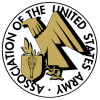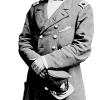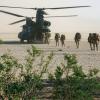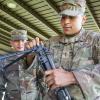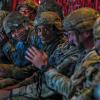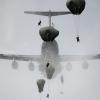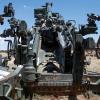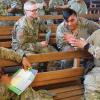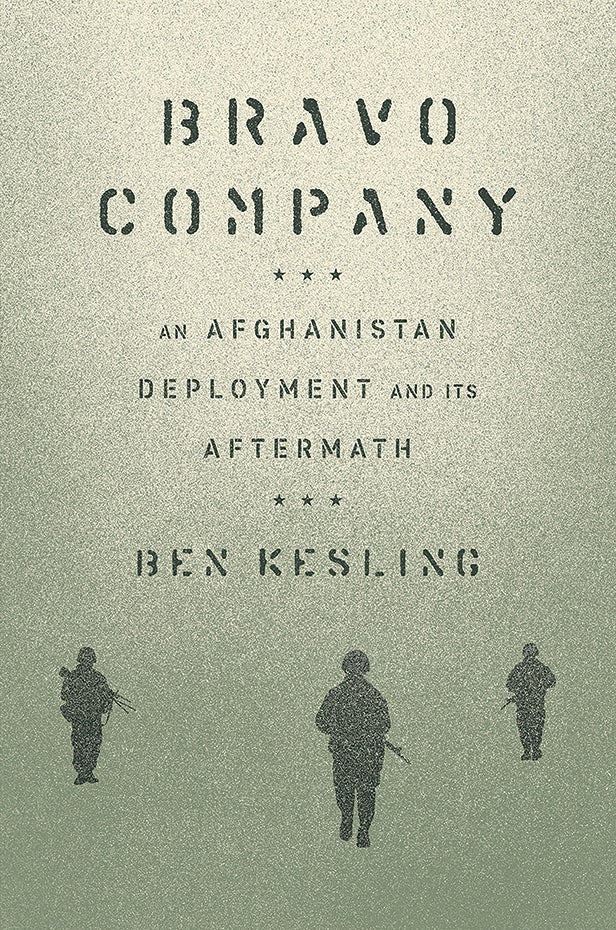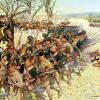Soldiers Find Healing in Medal of Honor
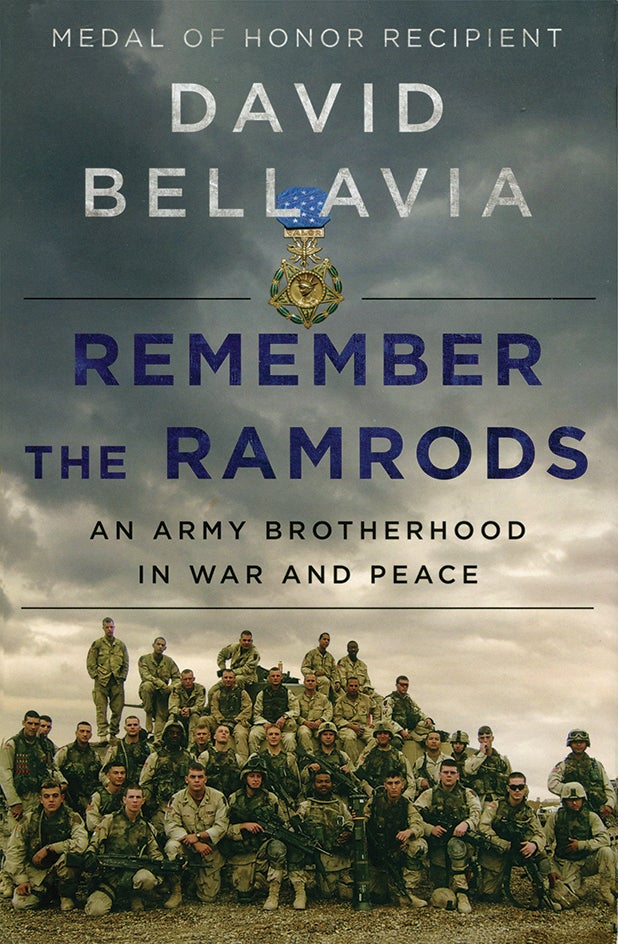
Remember the Ramrods: An Army Brotherhood in War and Peace. David Bellavia. Mariner Books. 384 pages. $29.99
By Edward Lengel
Several Medal of Honor recipients who went above and beyond the call of duty in Iraq and Afghanistan have written powerful memoirs. These include Clinton Romesha and his Red Platoon: A True Story of American Valor; Dakota Meyer (and Bing West) and his Into the Fire: A Firsthand Account of the Most Extraordinary Battle in the Afghan War; and Flo Groberg (and Tom Sileo) and his 8 Seconds of Courage: A Soldier’s Story...


